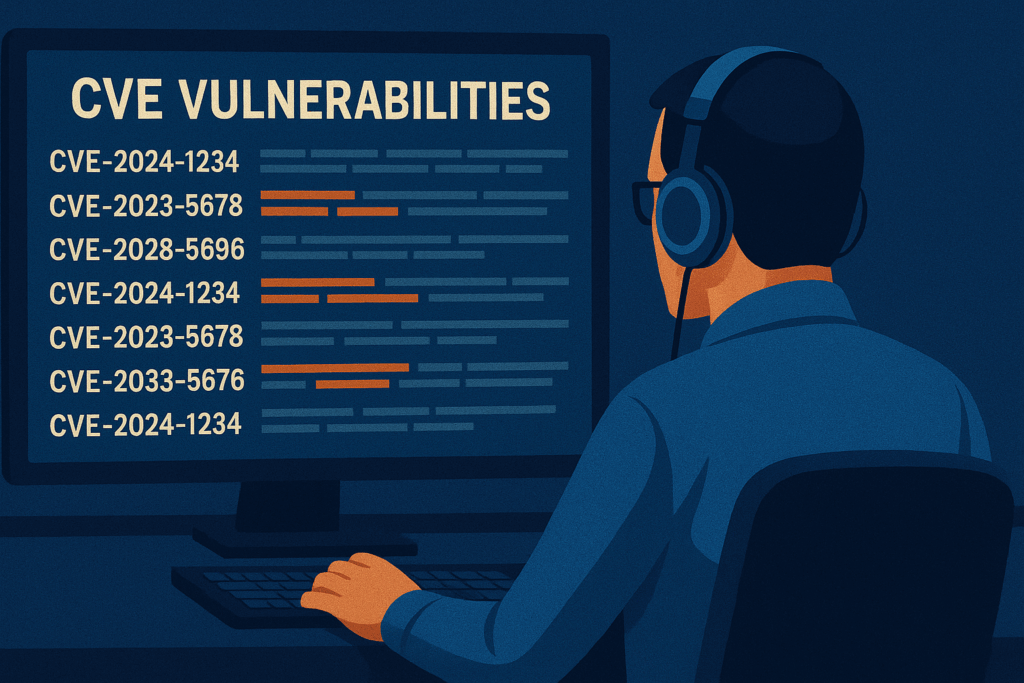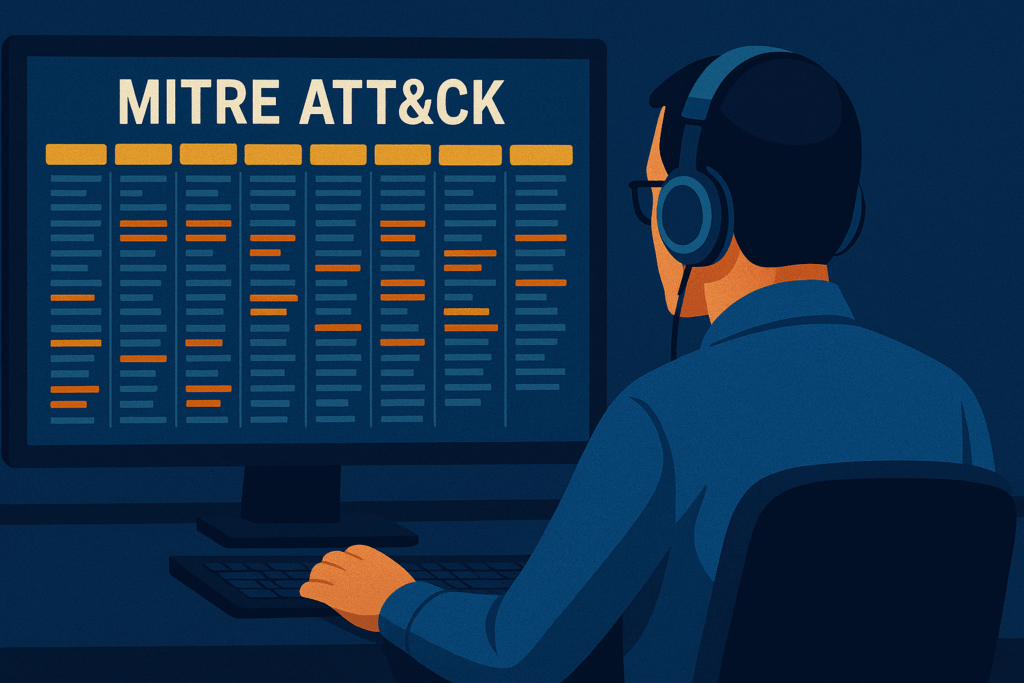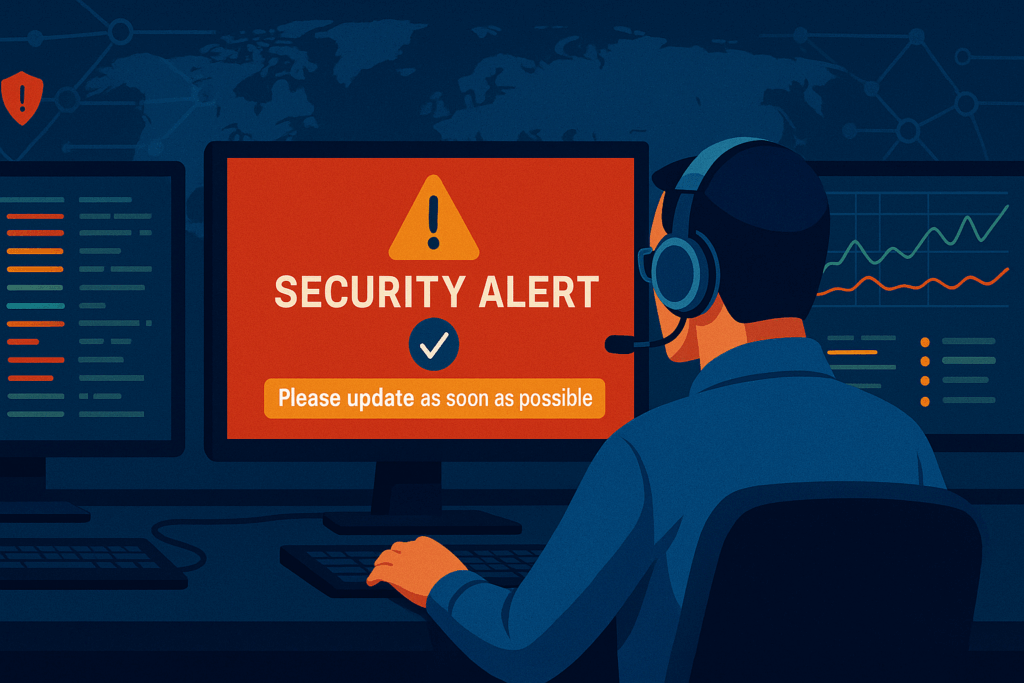On July 10, 2025, the United States Cybersecurity and Infrastructure Security Agency (CISA) designated a critical vulnerability in Citrix NetScaler ADC and Gateway devices as being actively exploited.
This was not a routine advisory: CISA issued an unprecedented requirement for all federal agencies to patch the vulnerability within 24 hours. Known as CVE-2025-5777 and already dubbed CitrixBleed 2, the vulnerability poses an immediate and severe threat. It allows unauthenticated attackers to perform out-of-bounds memory reads, leading to the exfiltration of session tokens, cached credentials, and other sensitive information directly from system memory.

The flaw affects NetScaler devices used for remote access, SSO, load balancing, and VPN gateways, critical perimeter components in many enterprise networks. Because no authentication is required, these systems become highly attractive targets for threat actors and ransomware groups alike. In environments where NetScaler serves as the sole secure entry point to internal or hybrid infrastructures, this vulnerability tears down the first line of defense with a single malicious request.
Technically, the issue lies in improper validation of buffer sizes when handling specific HTTP requests. Attackers can craft payloads that manipulate memory reads beyond intended bounds, causing the system to return raw memory fragments. These fragments may include valid session tokens or plaintext credentials lingering in memory. From there, an attacker can impersonate legitimate users, pivot internally, and escalate access to critical systems.
In MITRE ATT&CK terms, this vulnerability enables initial access via credential abuse and memory scraping, potentially leading to persistence, lateral movement, or privilege escalation. The exploit leaves little trace, no brute force, no failed logins, making it difficult to detect with conventional monitoring tools. Moreover, many NetScaler devices are poorly integrated with enterprise SIEMs, resulting in blind spots where anomalies go unnoticed.

For companies relying on Citrix for remote access, virtual desktops, or secure application gateways, this vulnerability is a strategic risk. This is not the kind of event to delay until the next maintenance window. Active exploitation means that some organizations may already be compromised. And given that the attack requires no authentication, there may be no useful logs unless proactive measures have been taken.
The technical response must be immediate and structured. Organizations must deploy the security patches without delay. High-availability environments may allow phased rollouts, but patching cannot be postponed. Monitoring should be reinforced, particularly over SSL traffic, with deep packet inspection where feasible to detect malicious patterns that mimic legitimate behavior. NetScaler logging should be enabled in full detail for at least the next two weeks, capturing session data, configuration changes, and administrative activity.
Enterprises with well-segmented architectures should use internal firewalls and microsegmentation to limit lateral movement in the event of compromise. Security teams should launch focused threat-hunting operations, analyzing session artifacts, abnormal access patterns, unusual VPN behavior, and backend system activity accessed through NetScaler. If this capability is lacking, external assistance or a managed detection and response (MDR) service should be engaged.

Beyond patching and monitoring, authentication mechanisms must be reviewed. If remote access relies on persistent sessions or long-lived cookies, these policies must be hardened. Multi-factor authentication must be enforced for all NetScaler access. While MFA won’t stop token exfiltration in this case, it can limit how far stolen tokens can be used.
In organizations audited under ISO/IEC 27001, TISAX, or similar frameworks, this event should be documented as part of the vulnerability management process, including evidence of actions taken, response times, and internal communications. Leaving such a publicly exploited vulnerability unpatched could be classified as a critical nonconformity.
Ultimately, CitrixBleed 2 is more than a technical flaw, it’s a litmus test for risk management and incident response maturity. Organizations that react slowly or downplay such alerts expose a deeper strategic weakness. Perimeter security can no longer rely solely on specialized appliances; it must be built on a resilient, updated, and actively monitored architecture. When a vulnerability of this magnitude targets such a sensitive component, speed of response is everything.
